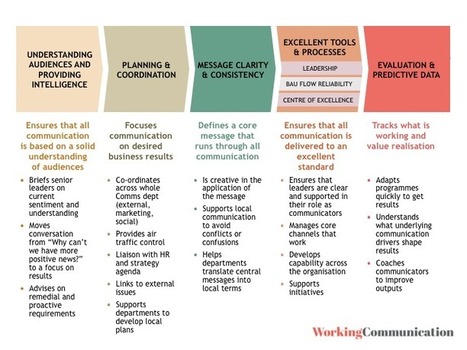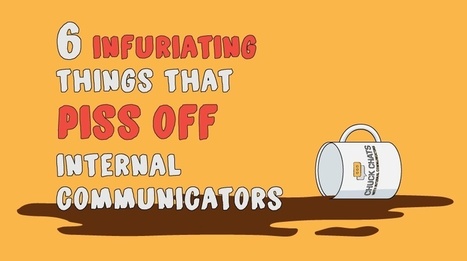"The employee communications department is at risk of becoming irrelevant. There already are voices calling for companies to do away with them, arguing that a function focusing on one discrete audience is anachronistic given everybody’s ability to see what everybody else is saying.
Most internal communication departments spend most of their time creating and distributing content. Much of that is done through email and intranets, which have become the replacement for newsletters and magazines (and something called a “magapaper”).
It remains vitally important for a dedicated internal comms function to report news and other information employees need to know. While they may read the same reports other stakeholders read (like customers, shareholders, and local communities) and have access to sites like Glassdoor.com, where employees praise or condemn their organizations with granular detail, employees have special contextual needs those channels don’t serve.
Reporting alone, however, is not enough to sustain employee communications’ relevance. Everything about business and work is changing; so is the way people get, share, and use information outside the workplace (and even inside, since it’s easy for employees to bypass official channels). Employee communications departments need to recognize the realities of the modern workplace and reinvent themselves in response."
Read the full article to find out more about these roles a modern internal comms department needs to fill:
- Facilitating employee-to-employee communication
- Message Mission Control
- Channel management
- Inspiring and sharing employee-generated content
- Data analysis
- Coordination with other communication functions
- Change and culture communication
- Leader communications
- Communicating for engagement
- Supervisor communications
- Employee advocacy
- Measure, measure, measure
- Call to action: Go forth and communicate



 Your new post is loading...
Your new post is loading...





























Wow! This is an amazing resource. It provides a great summary on so many topics, examples, tips and tools, and links to supporting material and people. Not only is this valuable for ICers, but if you have trouble explaining what you can do for an organization, I would recommend sharing this guide with your decision makers.